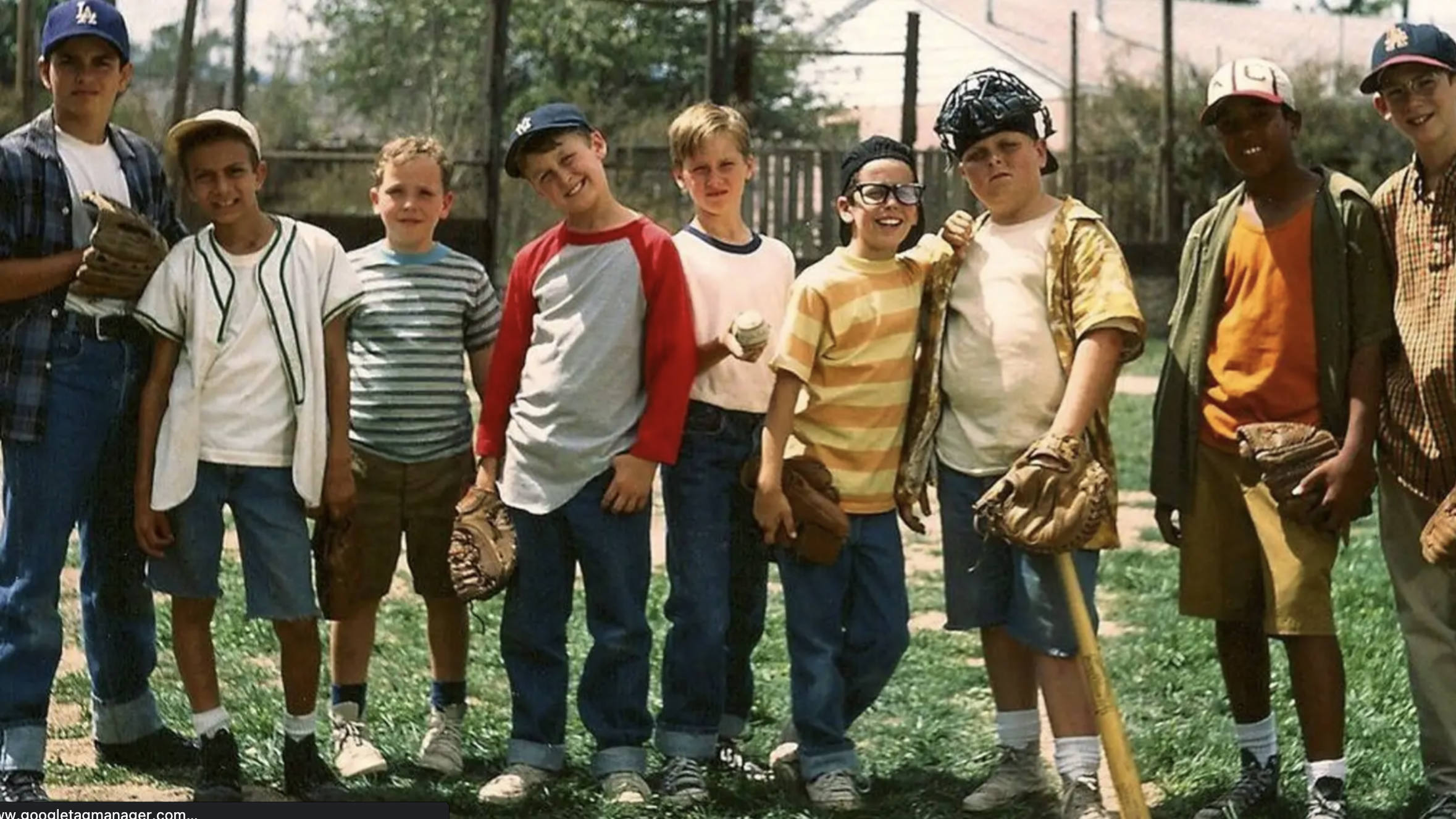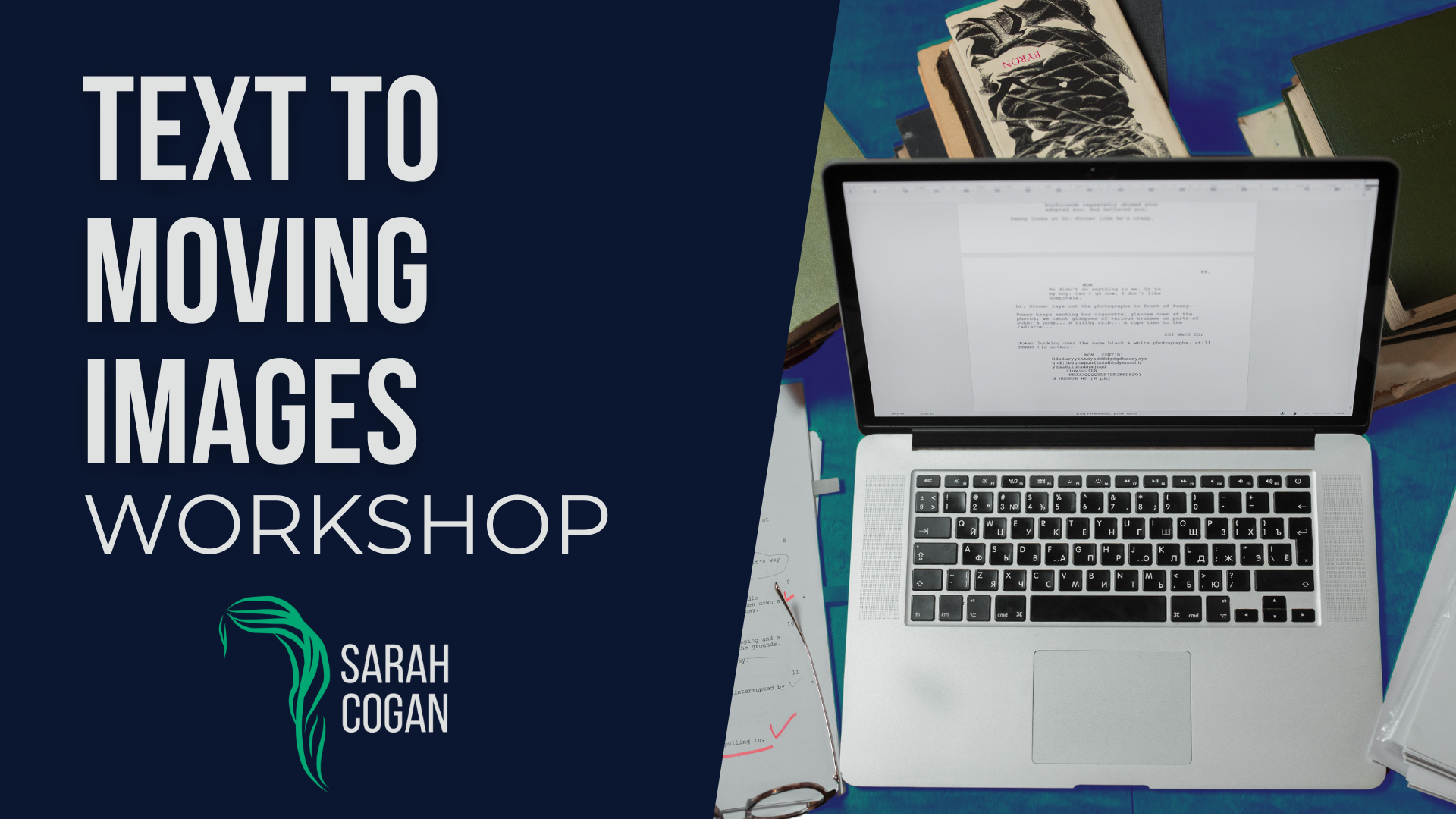Every Film is a Built World—Film Design & Storytelling
Film and tv projects are all built realities with a narrative purpose, even the contemporary ones. They exist in their own time and space and belong to their own rules and regulations, what I like to call the Universe. Universes set the overall perimeters that dictate our experience of the characters and the worlds they live in. Universes create the context of your story regardless of genre—genre as it relates to design: fantasy, sci-fi, period, or contemporary. Two films set in the same time period can be drastically different in design because of the parameters of their Universes.
An example of this is illustrated by the differences between Hairspray (2007) and Sandlot (1993). One a musical about defying discrimination on a local dance show and the other a coming of age adventure centered around baseball. Both are set in 1962 America, however, their Universes are drastically different depictions of the same time. One is shiny and polished while the other has a dusty patina of nostalgia. Different color palettes, different cinematic approaches, yet the same time period about the same age demographic. Why are they so different in appearance? Each film has a different goal in mind with the film. One is lively and big energy, supported by bright colors and large prints of an elevated style while the other feels more realistic in nature, everything’s a little worn to ground in reality. Same periods, but viewing the time period from a different perspective.
David James
Hairspray (2016)
20th Century Fox
Sandlot (1993)
Sure, that makes sense; those are, period! My film is contemporary and set in now. It’s not a built world. …. ummmmmm…
When you walk into an existing location to shoot, you change signage, put up your curtains, and add or remove furniture. Your team brings in lighting equipment to enhance how you see the world and characters within the space. You bring in actors dressed and groomed in a specific way. This moment in time, which is supposed to feel real, exists in an imaginative parallel Universe to the one you are sitting in while reading this book. It is a complete figment of imagination, even if it is a biopic. The script is fictional. The characters are fictional. These characters and this moment in time will be edited for maximum effectiveness. When filming, everything gets adjusted to some degree to support the narrative. No matter how close to reality your project is, it’s a made-up reality that requires adjustments. The circumstances are entirely contrived. You will do multiple takes to perfect the delivery across all departments. These characters and this moment in time will be edited for maximum effectiveness. Unlike how, in real life, we get that moment for an experience, to deliver the perfect response, or make a different choice, and that is it.
All the creative choices to tweak reality to fit the needs of your story are dictated by your film’s Universe or container. We understand characters and their stories based on their relationship to the world around them—your film’s Universe. It sets the context for the rest of the film by creating relationships between the characters and the worlds they live in. Universes can be galactic like those of Dune and Star Wars to the microcosms of 1970s Bay Ridge in Saturday Night Fever (1977), Cady’s life in Mean Girls (2004), or the house of Parasite (2019). The Universe of your film depends on the specific parameters of your story and what you ultimately want your audience to understand about and experience with your characters. Your clarity on the worlds your characters walk through will shape your film's look, just like with Sandlot and Hairspray.
Check out Text to Moving Images to learn more about worldbuilding and how it can be utilized as a storytelling tool.





